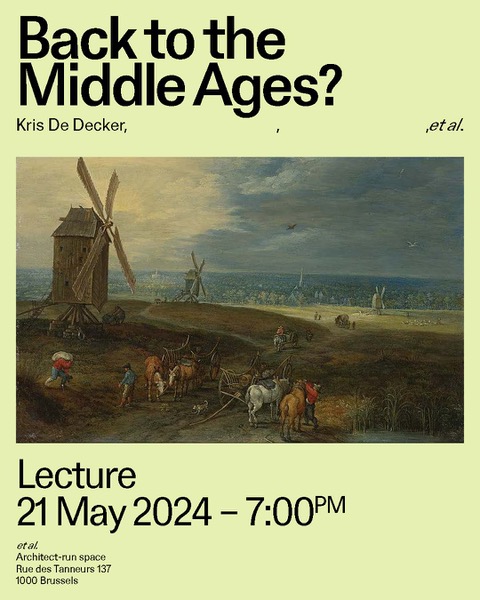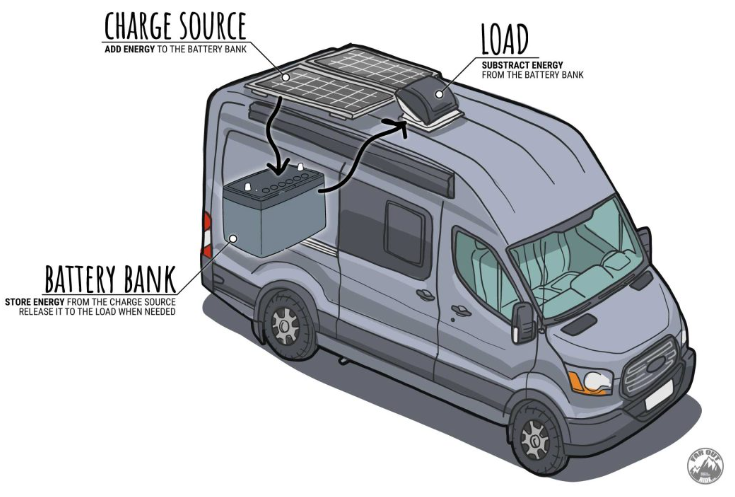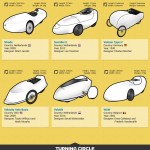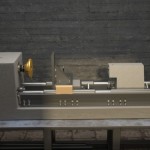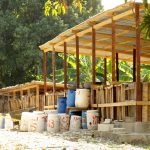Next week 21 May LTM does a talk in Brussels, reflecting on the work of architect Louise Morin in gallery “et al.” It is the last day you can see her exhibition.
Wind Energy Development as a Capitalist Trojan Horse
“Wind energy development in Crete and Oaxaca is continuing the existing trajectory of energy extraction companies, resulting in an intensification of existing income-inequality, ecological degradation and social conflict, whilst spreading coercive cultural change. Based on these cases and critical (wind park) literature, we argue, that in actuality wind energy development represents a ‘Trojan horse’ for capitalism’s ongoing growth intensifying socio-ecological crisis through ‘accumulation by wind energy’. Wind parks serve as ‘Trojan horses’ for, amongst others, corporate land grabbing and temporarily mediating capitalism’s key contradictions.”
Quoted from: Siamanta, Z. C., & Dunlap, A. (2019). ‘Accumulation by Wind Energy’: Wind Energy Development as a Capitalist Trojan Horse in Crete, Greece and Oaxaca, Mexico. ACME: An International Journal for Critical Geographies, 18(4), 925–955. Retrieved from https://acme-journal.org/index.php/acme/article/view/1718
Low-tech Magazine Ebook Editions
Low-tech Magazine now offers its complete book collection in epub format. Find all ebooks in our online bookshop: payhip.com/LOWTECHMAGAZINE
Patrons get free access to all ebooks: patreon.com/lowtechmagazine.
No Tech Reader #47: Digital Technology
The “smartification of cycling”. [Journal of Urban Technology]. “In cities worldwide, cycling is increasingly upgraded with smart technology and is included in smart cities’ visions and projects. This process has not been problematized in public discourse, as smart innovation is seen as a potential booster of the known benefits of cycling. Drawing on critical literatures on smart cities, smart mobility, and degrowth and using the case studies of Copenhagen and Amsterdam, this article opens up a more critical conversation on the subject, discussing the role of “technosolutionism,” technology push, and pro-innovation bias in the process of “smartification” of cycling.”
Distinction and alternative tech: Exploring the technocritical disposition. [New Media & Society] “How should we understand alternative social media and open-source technologies that seek to challenge the dominance of Big Tech? Are these ethical substitutes for monopolistic platforms and technological infrastructures, or “alternative” in the sense we might talk of alternative forms of culture?”
Things Used to Work in This Country. [The New Atlantis] “Personal technology used to be a machine. Now it’s a bureaucracy.”
“Wherever you get your podcasts” is a radical statement. [Anil Dash] “Podcasting as a technology grew out of the early era of the social web, when the norms of technology creators were that they were expected to create open systems, which interoperated with tools by other creators and even other companies.”
The Loss of Things I Took for Granted. [Slate] “Ten years into my college teaching career, students stopped being able to read effectively.”
Center for Technological Pain. [website] “DIY solutions to health problems caused by digital technologies.”
B C, Before Computers. On Information Technology from Writing to the Age of Digital Data. [Open Book Publishers] “Computer developments rely on a long history of humans creating technologies for increasingly sophisticated methods of manipulating information.”
Electrical System Guide for DIY Van Conversion
“The electrical system was without a doubt the most daunting task of our DIY camper van conversion. Our goal was to design and build an off-the-grid electrical system that’s safe, reliable, simple, and intuitive (yet no compromises on functionality). After over 4 years of full-time VanLife, we’re happy to report that our system is working flawlessly, nice!”
“Designing and building an electrical system isn’t really straightforward, there are so many concepts to grasp: solar power, alternator charging, shore power, 12 volts, 120 volts, inverter, battery bank, etc. But with our background as engineers and full-time vanlifers, we’re in a good position to make this intimidating task within your reach and help you put the pieces together with the following guide!”
Read more: Electrical System Guide for DIY Van Conversion.
No Tech Reader #46: Transportation
- European car safety body is coming for touchscreens. [Politico] “The European New Car Assessment Programme mandates that key controls need physical buttons or switches.”
- A global survey of BikeBus initiatives. [ICTA-UAB] A Bike Bus is a group of children who ride their bike to school following a route with stops and timetables. Via Scope of Work.
- India’s electric rickshaws are leaving EVs in the dust. [Rest of World] “In the last decade, around 1.73 million three-wheeler EVs have been sold in India. Just last month, around 500 manufacturers — most of them homegrown — sold over 44,000 e-rickshaws, compared to less than 6,800 electric cars sold during the month.”
- Back on Track, an activist group for the return of night trains, is doing a crowdfunding to transform into a formal NGO.
